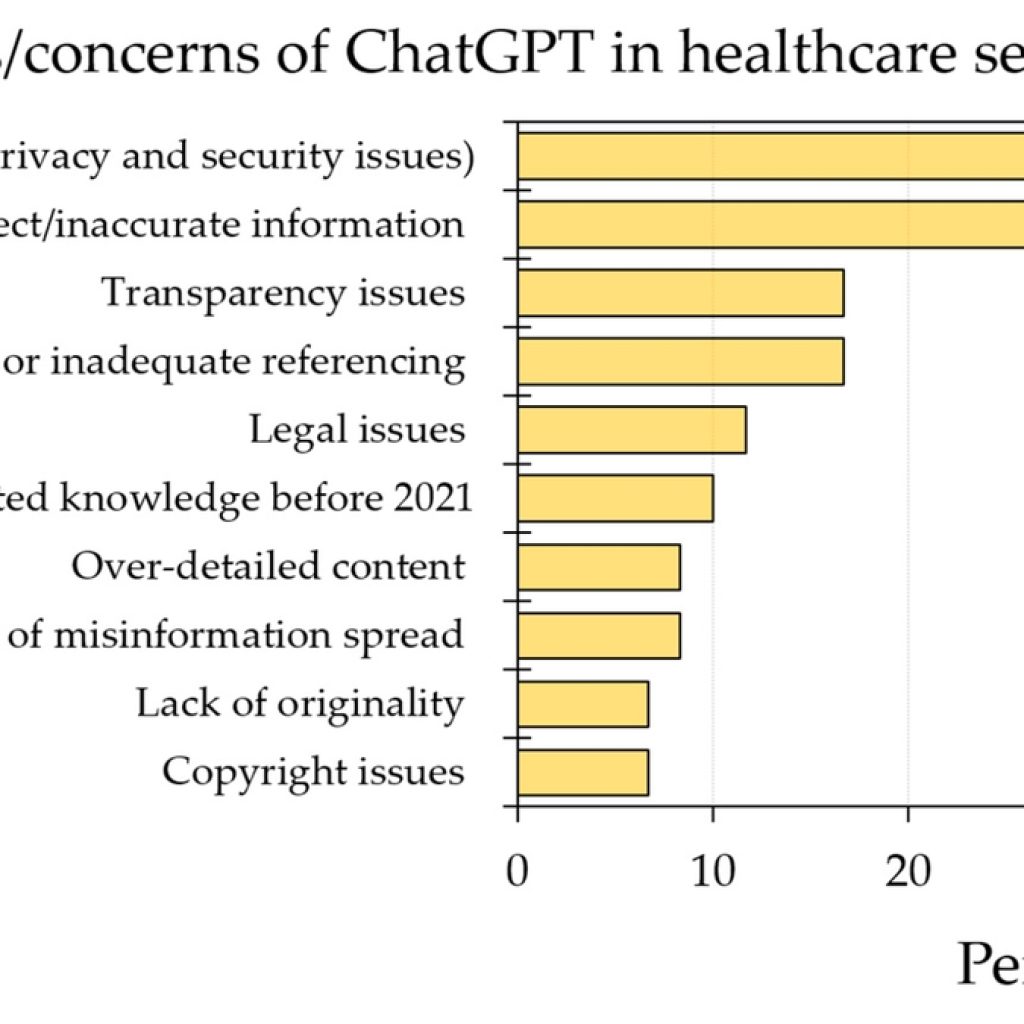Scientists from the University of Cambridge and Cornell University have made significant strides in the field of machine learning, discovering a method to construct reliable models capable of understanding intricate equations in real-world scenarios while utilizing far less training data than conventionally required.
Their findings, detailed in the Proceedings of the National Academy of Sciences, have profound implications for a wide range of applications, including engineering and climate modeling, by potentially reducing the time and cost associated with training machine learning models.
A paradigm shift in data requirements
Traditionally, machine learning models demand substantial volumes of training data to achieve accuracy. The process often involves human annotation of extensive datasets. However, this approach is not only time-consuming but also expensive. Dr. Nicolas Boullé, the first author of the study and affiliated with the Isaac Newton Institute for Mathematical Sciences, expressed the team’s interest in exploring the minimal data necessary to train models effectively without compromising reliability.
While some researchers have previously demonstrated the ability to train machine learning models with limited data, the underlying mechanisms have remained largely unexplained. Boullé and his collaborators, Diana Halikias and Alex Townsend from Cornell University, focused their investigation on a specific class of equations—partial differential equations (PDEs).
PDEs: Building blocks of physics
Partial differential equations play a fundamental role in explaining the laws of physics governing natural phenomena’s evolution in space and time. They provide insights into diverse phenomena, including the behavior of heat diffusion in a block of ice. PDEs, characterized by their relative simplicity, served as a model system for the researchers to probe why AI techniques have been remarkably successful in physics-related domains.
The research team uncovered that PDEs modeling diffusion possess a structure conducive to designing effective AI models. By incorporating known physics principles into the training dataset, they were able to enhance accuracy and performance significantly. This approach enabled the construction of an efficient algorithm capable of predicting solutions to PDEs under various conditions.
Mathematical guarantees and efficient models
The researchers leveraged the short and long-range interactions inherent in PDEs to create models with mathematical guarantees. This enabled them to precisely determine the minimal amount of training data required to produce robust models. Surprisingly, they discovered that, particularly in the field of physics, even a limited dataset could yield reliable results, thanks to the inherent mathematical structure of these equations.
The scientists believe that their techniques hold the potential to demystify the ‘black box’ nature of many machine learning models, making them more interpretable by humans. While this machine discovery is significant, the researchers acknowledge that further research is needed to ensure models are learning the correct principles. They emphasize the exciting prospects that the intersection of mathematics, physics, and AI presents, with numerous intriguing questions to be explored.





